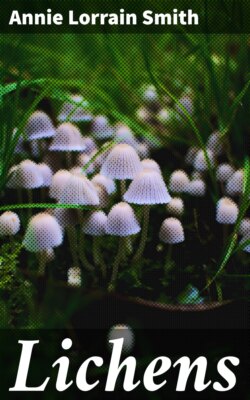Читать книгу Lichens - Annie Lorrain Smith - Страница 23
На сайте Литреса книга снята с продажи.
E. Microgonidia
ОглавлениеAnother attempt to establish a genetic origin for lichen gonidia was made by Minks[181]. He had found in his examination of Leptogium myochroum that the protoplasmic contents of the hyphae broke up into a regular series of globular corpuscles which had a greenish appearance. These minute bodies, called by him microgonidia, were, he states, at first few in number, but gradually they increased and were eventually set free by the mucilaginous degeneration of the cell wall. As free thalline gonidia, they increased in size and rapidly multiplied by division. Minks was at first enthusiastically supported by Müller[182] who had found from his own observations that microgonidia might be present in any of the lichen hyphae and in any part of the thallus, even in the germinating tube of the lichen spore, and was in that case most easily seen when the spores germinated within the ascus. He argued that as spores originated within the ascus, so microgonidia were developed within the hyphae. Minks’s theories were however not generally accepted and were at last wholly discredited by Zukal[183] who was able to prove that the greenish bodies were contracted portions of protoplasm in hyphae that suffered from a lowered supply of moisture, the green colour not being due to any colouring substance, but to light effect on the proteins—an outcome of special conditions in the vegetative life of the plant. Darbishire[184] criticized Minks’s whole work with great care and he has arrived at the conclusion that the microgonidium may be dismissed as a totally mistaken conception.
